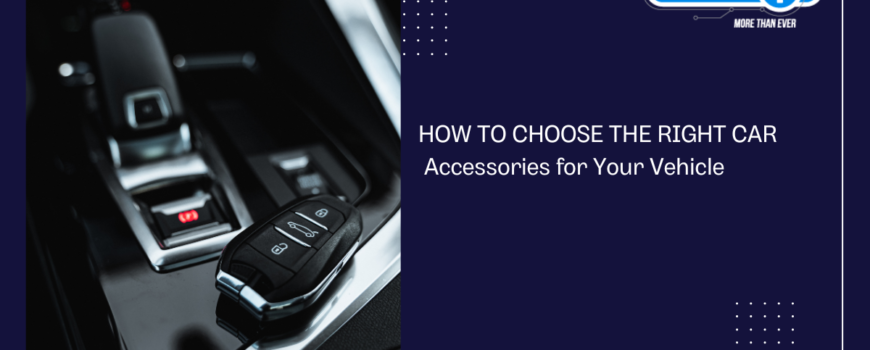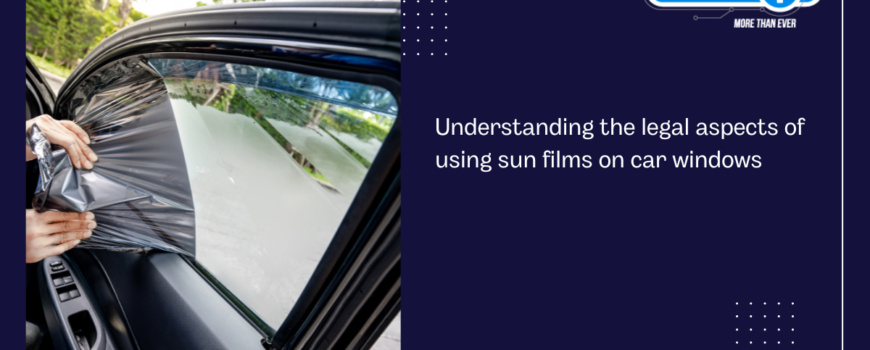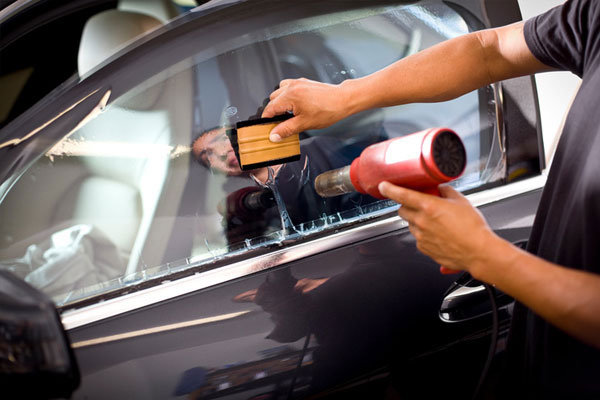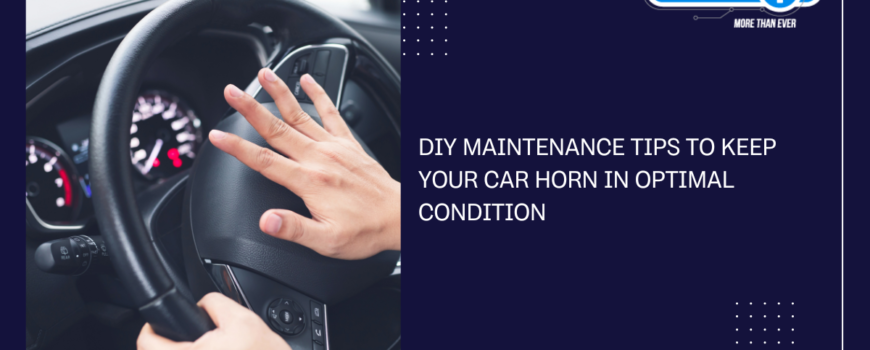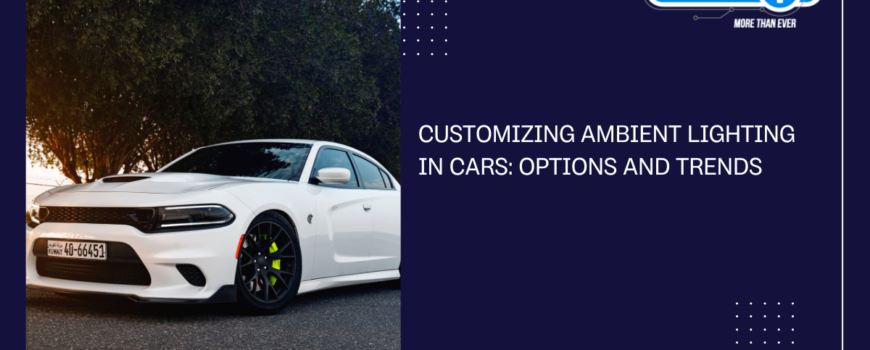You’ve purchased a car; now it’s time to decide which accessories you need. Choosing the right accessories can enhance your driving experience, improve safety, and add personal touches to your vehicle.
Evaluating Your Need for Car Accessories
To choose the right car accessories, evaluate your specific needs and lifestyle. If you commute daily, look for comfort-enhancing items like seat cushions, phone mounts, and sun shades to improve your driving experience. For frequent road trips, consider accessories that support long-distance travel, such as a car vacuum, travel organizers, and a reliable GPS. If safety is a priority, focus on accessories that enhance security and awareness, including backup cameras, dash cams, and tire pressure monitors. Understanding your driving habits and priorities will guide you in selecting accessories that genuinely enhance your vehicle.
Choosing the Right Car Accessories
When choosing car accessories, consider compatibility, quality, and ease of installation. Ensure that the accessories you choose fit your vehicle’s make and model. Accessories that are not compatible can cause damage or fail to work correctly. Always check the product specifications and reviews before purchasing. Opt for high-quality accessories from reputable brands. While cheaper options may be tempting, they often lack durability and functionality. Investing in quality car accessories ensures long-term satisfaction.
Essential Car Accessories to Consider
Here’s a list of essential car accessories that can enhance various aspects of your vehicle:
· Dashboard Cameras: Useful for recording your trips and providing evidence in case of accidents.
· Backup Cameras: Help with reversing and parking by clearly viewing what’s behind your vehicle.
· Bluetooth Adapters: Enable hands-free calls and music streaming from your smartphone.
· Seat Covers: Protect your seats from wear and tear while adding a touch of style.
· Car Organizers: Keep your car clutter-free with trunk, backseat, and console organizers.
· LED Lights: Improve visibility and add a modern touch to your vehicle’s interior and exterior.
1. Enhance the Comfort of Driving
Comfort can significantly impact your driving experience. Look for accessories that enhance comfort for both the driver and passengers:
· Seat Covers: Protect your seats from wear and tear while adding extra cushioning.
· Steering Wheel Covers: Improve grip and comfort while driving.
· Sun Shades: Keep your car cool and protect the interior from sun damage.
· Phone Mounts: Keep your phone within easy reach for navigation and hands-free calls.
2. Enhance Vehicle Performance
If improving your vehicle’s performance is your goal, focus on accessories that enhance functionality:
· Performance Chips: Boost your car’s horsepower and fuel efficiency.
· Cold Air Intakes: Improve engine performance and fuel economy by increasing airflow.
· High-Performance Tires: Provide better traction and handling on various road surfaces.
3. Improve Safety
Safety should always be a top priority. Consider these accessories for enhanced protection:
· Blind Spot Mirrors: Expand your field of vision and reduce blind spots.
· Tire Pressure Monitors: Alert you when your tire pressure is low, helping to prevent accidents and improve fuel efficiency.
· First Aid Kits: Ensure you’re prepared for emergencies with a well-stocked kit.
4. Maintaining and Cleaning Accessories
Keeping your car clean and well-maintained is easier with the right accessories:
· Vacuum Cleaners: Small, portable vacuums help keep your car’s interior tidy.
· Cleaning Kits: Use specialized cleaning kits to maintain your car’s exterior and interior surfaces.
· Windshield Covers: Protect your windshield from frost and debris with easy-to-use covers.
5. Personalise Your Vehicle
Personalizing your car with accessories can make it truly yours:
· Custom Floor Mats: Add a touch of style while protecting your car’s interior.
· Interior Lighting: Create a unique ambiance with customizable LED lights.
· Personalized License Plates: Show off your personality with a custom plate design
6. Upgrade Entertainment
For a better in-car entertainment experience, consider these upgrades:
· Multimedia Systems: Install a high-quality car stereo or infotainment system for superior sound and connectivity.
· Bluetooth Adapters: Enable wireless music streaming and hands-free calling.
· Rear Entertainment Systems: Keep passengers entertained with screens and media players.
Making the Final Decision
When making your final decisions on car accessories, consider your needs, budget, and vehicle compatibility. Invest in reputable brands and read reviews to ensure you’re getting quality products. Look for the latest innovations and features that could benefit your driving experience. With thoughtful selection and care, you can make your driving experience more enjoyable and tailored to your needs.

